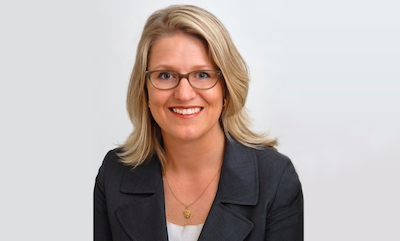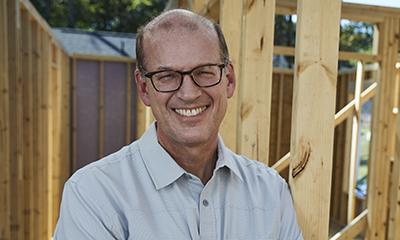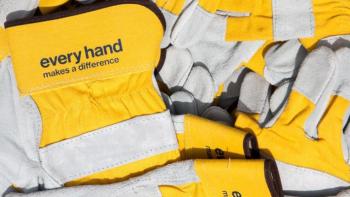
Housing is the prescription we need
By Megan Sandel, MD, MPH and Jonathan T.M. Reckford
The message from public health professionals is clear: For the health of your family, and that of your community, the best thing you can do is stay at home.
That guidance is clear, and it will save lives. But it also forces us to ask: What if the home you are using as a refuge from disease is actually making you sicker? That’s long been the case for far too many families in the U.S. and around the world.
As governments and healthcare providers mount a response to the immediate coronavirus crisis, they must also prepare to fight another ongoing pernicious, if more hidden, public health crisis: inadequate, unhealthy and unaffordable housing.
We already know that the coronavirus pandemic is a housing disaster in the making. As wages for millions are wiped away, rent and mortgage payments remain stubbornly due. Families have started to face impossible choices. Do I pay the rent, or put food on the table? Risk foreclosure, or pay for my child’s prescription meds?
Even before COVID-19 became the nearly singular topic of conversation and news coverage, we were facing an undeniable housing crisis, with more than 18 million American families paying half or more of their income on their housing costs. The situation is even worse in many other countries. The pandemic only exacerbates this challenge.
But it didn’t take the coronavirus to reveal a link between health and housing. The connection is much deeper. Unsuitable and unstable housing has direct and documented negative health outcomes, especially for children. A story about a cat helps explain how.
A few years ago, a young girl came into a Boston hospital and had to be admitted to the pediatric ICU. Her asthma was acting up, which was strange because it had previously been well controlled. What changed? It turns out the family had gotten a cat, even though the child was allergic to cats.
Why a cat? Mice. An infestation at their home had gotten so bad that they had even found a mouse in the child’s bed. The family was facing a devil’s choice. The mice, they reasoned, were certainly a greater threat than some cat hair. At least until the little girl ended up in the ICU.
This was not a problem a doctor could solve with ordinary means. No amount of medication would make it safe to send the child back to her dangerous living conditions. The prescription this girl needed was for a healthy home.
A healthy home is a vaccine that provides both immunity and resilience. It literally prevents disease. A safe home can prevent mental health and developmental problems, a decent home may prevent asthma or lead poisoning, and an affordable home can prevent stunted growth and unnecessary hospitalizations.
Through Habitat for Humanity, which helps families build and purchase healthy, affordable homes, we hear stories like this time and again. Take Natasha, for example. She’s a single mother of two in Nashville, whose elder son Malik suffered from asthma. “We had a lot of mold in the house… I was not comfortable with my kids suffering, living there,” she told us. Fast forward to life in their new Habitat home, and Malik’s condition was markedly alleviated. The house itself was the treatment.
As millions of Americans — and more than a billion more people around the world — are told to stay at home, our thoughts are with the far too many families who don’t have a safe and healthy home to shelter in.
Environmental issues like mold regularly send people to the hospital. That will be disastrous for vulnerable populations at a time when resources are limited, when people are terrified of going to the emergency room and when overwhelmed health care facilities are running out of beds.
Think as well of the extended families who crowd into small living spaces because they are all they can afford. The United Nations says there is a high risk that the impacts of COVID-19 will be felt significantly more by the urban poor living in slums, where social distancing may be impossible.
Households without easy access to a reliable supply of clean water at their home find that guidelines for effective hand-washing hold little salience.
Our argument is not that inadequate housing caused the coronavirus pandemic. But the lack of safe and decent housing does make it harder to treat. And long before and long after the coronavirus, we will still be filling hospital beds with far too many people — children especially — who would not be sick if they were in a healthy home.
So what can be done? In medicine, the maxim is ‘first, do no harm.’ As governments implement measures to bring relief to those who are suffering economically, they must prioritize housing by protecting families from evictions and foreclosures.
Then, as we plan an economic recovery, we’re faced with a unique opportunity to make game-changing investments in housing that will bolster the national and global economies, while giving families the healthy foundations they need to build their futures.
The order to “stay at home” may solve this public health emergency. A decision to build new, better homes may prevent the next.

Megan Sandel, MD, MPH, is an associate professor of pediatrics at the Boston University School of Medicine as well as the co-director of the Grow Clinic at Boston Medical Center.

Jonathan Reckford is the CEO of Habitat for Humanity International.

